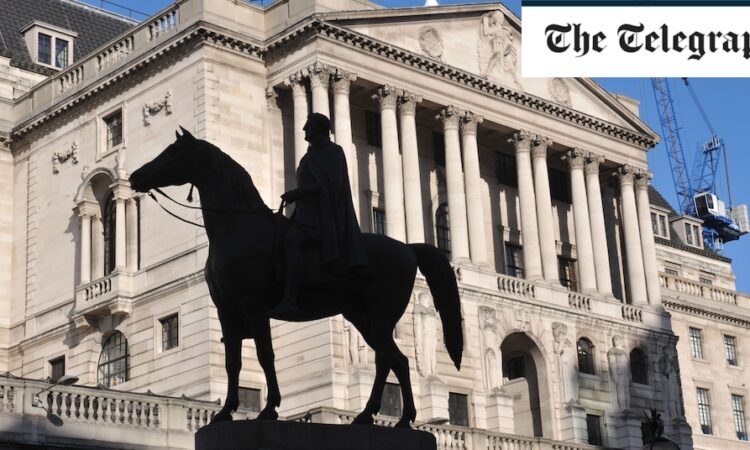
The risk-free rate
The yield offered by a government-issued bond is usually seen as the risk-free rate for investors in that country because, in principle, the Government will not default on its liabilities.
It will always be a priority to make the interest payments (known as “coupons”) on time, and return the initial investment (or principal) once the bond matures, even if the Government must print money to do so.
The last time the UK defaulted was in 1672 during the Stop of Exchequer under King Charles II, and as such the 10-year UK government bond, or gilt, is seen as the risk-free rate for UK investors.
At the time of writing, the 10-year gilt is yielding 4.13pc.
This is down from last August’s high of 4.73pc and this may be one reason why the FTSE 100 is advancing to new peaks.
It is also, therefore, the minimum nominal annual return on any investment that any investor should accept, since it is seen as risk-free (despite the tiny chance that the UK does default, or the other challenges posed by movements in interest rates and inflation).
Any other alternative investment carries more risk so investors should demand more from them:
- Investment-grade corporate bonds should yield more than government bonds because companies can, and do, go bust and management teams can do silly things.
- High-yield (or “junk”) corporate bonds should yield more than investment-grade bonds because these firms are more indebted, and the risk of bankruptcy and default is higher.
- Shares should offer the prospect of higher total returns than junk debt, because share prices go down as well as up, while a junk bond will offer pre-determined interest payments and return of the initial investment if all goes well.
The returns demanded by an investor to compensate themselves for the (additional) risks involved will therefore, in theory, move relative to the gilt yield, and that in turn will be influenced by central bank-approved interest rates.
If a central bank is lowering interest rates, then the yield on existing government paper will look more attractive. Investors may look to buy gilts as a result.
This decrease in yields on government debt means that the returns that investors should demand from other, riskier options, could also increase.
This means lower yield on newly issued bonds or paying a higher price for existing bonds (as a higher price means a lower yield for bonds, just as it does for shares).
For shares, lower rates can mean that investors are prepared to pay a higher valuation, or multiple of earnings and cash flow, and also perhaps accept a lower dividend yield (which is achieved by buying at a higher share price).
If interest rates fall as expected, or faster than expected, investors may be willing to pay a higher price to access the higher earnings that result from the increased economic activity stoked by cheaper credit and debt.
In crude terms, the lower interest rates go, the more share prices may like it, providing inflation does not boil over and force the Bank of England to quickly return to jacking up the cost of borrowing and drive bond yields higher once more.






